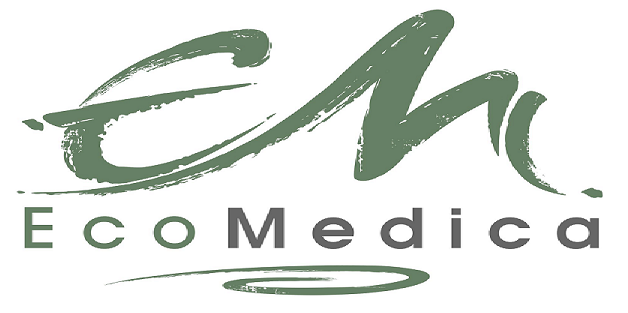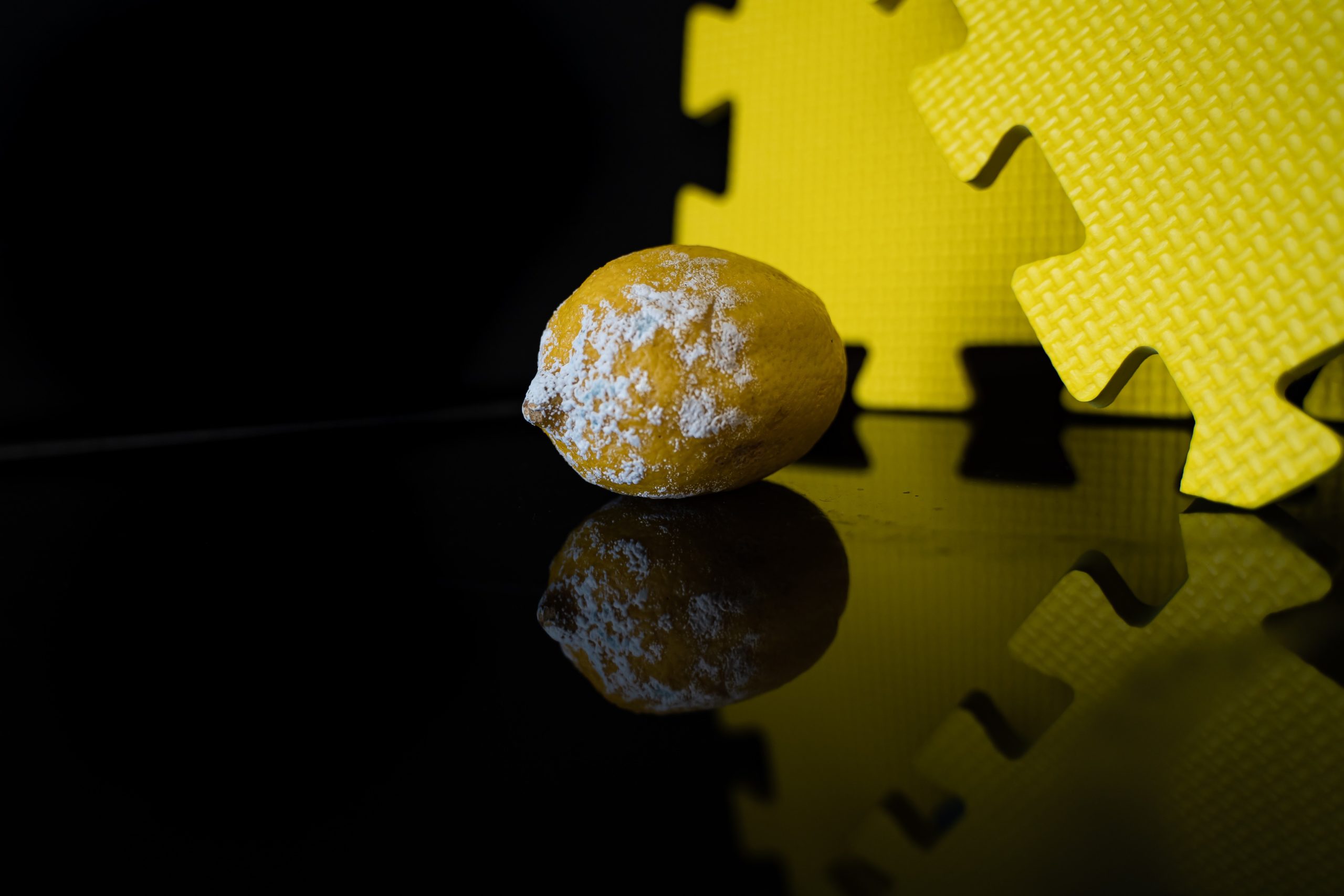Mycotoxins and mold are metabolites of fungal organisms that are toxic to the human body and exposure can be present in both food and air. Two food-borne mycotoxins are Aflatoxin and Ochratoxin. Aflatoxin is produced by many species of Aspergillus fungi and can be found in soil, peanut butter, olive oil, and some cosmetics. Ochratoxin is also produced by Aspergillus species and can be found in cereal, coffee, and wine. It too has disease-causing effects on the body and has a half-life of 35 days.
In September 2012, Dr. Dennis Hooper, director of Realtime Laboratories in Carrollton, Texas, presented information on the new technology available to investigate mycotoxins and mold exposure in patients. He has developed a urine PCR test for identifying mycotoxins, which are known causative agents in many chronic diseases and probably complicate healing from Lyme disease.
Additionally, Trichothecenes are airborne mycotoxins produced by several molds but most notably, Stachybotrys, otherwise known as “black mold.” Stachybotrys is a mold that arises from damp conditions and water leakage in homes. These toxins can produce significant irritation to the mucosal lining of the lungs, GI tract, bladder, and brain causing chronic illness. Patients exposed to Trichothecenes often report having severe headaches and brain fog which lessen when they change to a mold-free environment.
However, mycotoxins can get trapped in the body by adhering to fat cells or entering cells (especially adipocytes) causing oxidative stress. Oxidative stress for prolonged periods of time depletes intracellular glutathione and interferes with the cell’s ability to self-repair.

